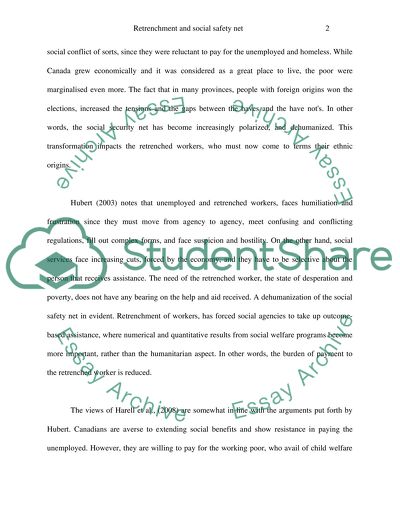Cite this document
(“How retrenchment has eroded the social safety net in canada Assignment”, n.d.)
Retrieved from https://studentshare.org/sociology/1700001-how-retrenchment-has-eroded-the-social-safety-net-in-canada
Retrieved from https://studentshare.org/sociology/1700001-how-retrenchment-has-eroded-the-social-safety-net-in-canada
(How Retrenchment Has Eroded the Social Safety Net in Canada Assignment)
https://studentshare.org/sociology/1700001-how-retrenchment-has-eroded-the-social-safety-net-in-canada.
https://studentshare.org/sociology/1700001-how-retrenchment-has-eroded-the-social-safety-net-in-canada.
“How Retrenchment Has Eroded the Social Safety Net in Canada Assignment”, n.d. https://studentshare.org/sociology/1700001-how-retrenchment-has-eroded-the-social-safety-net-in-canada.


